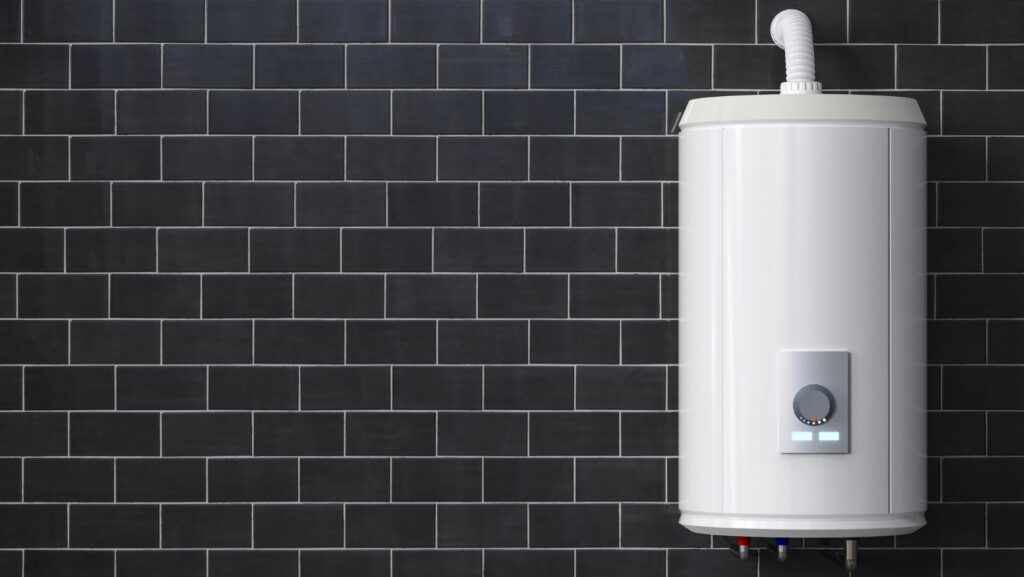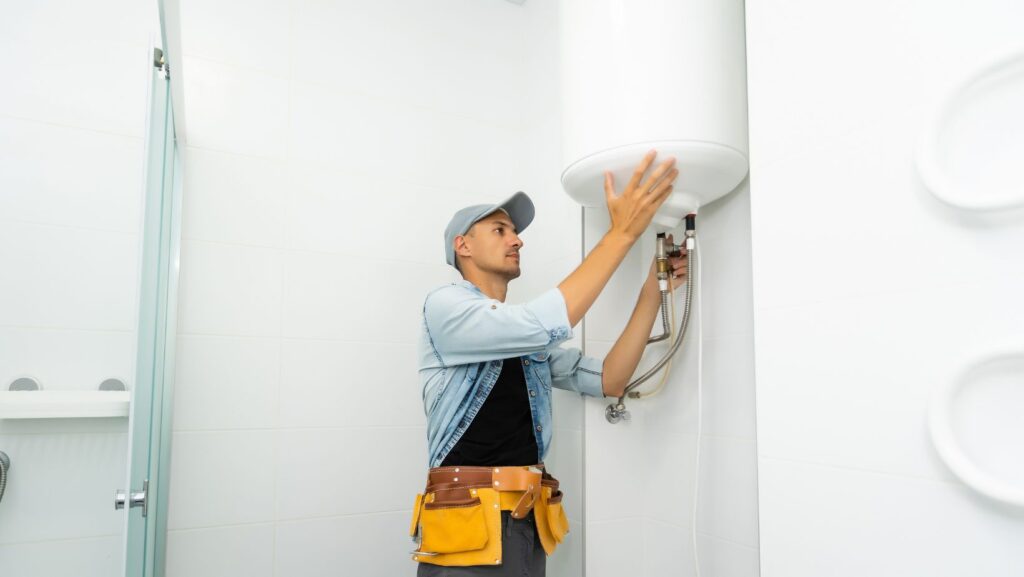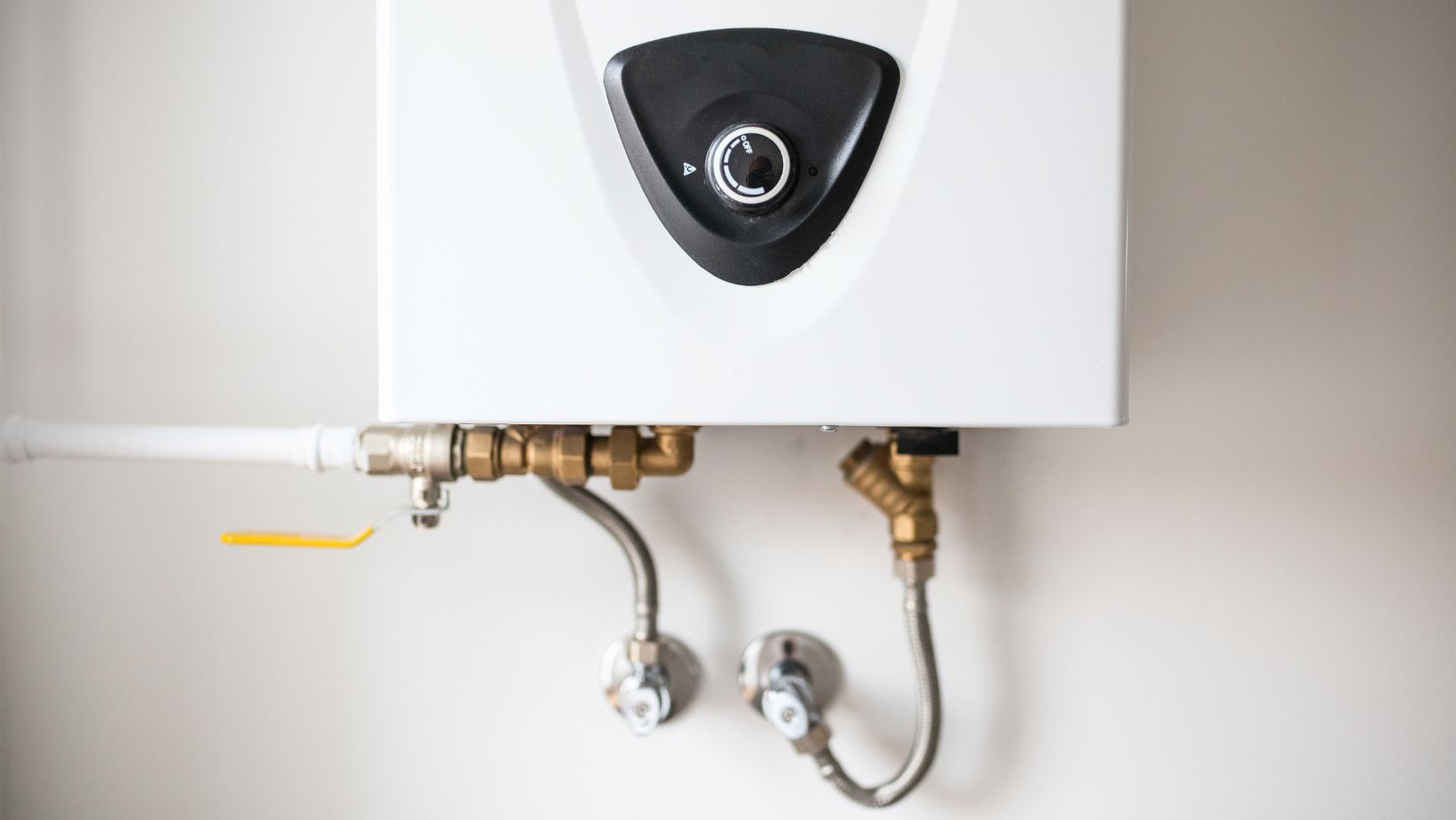Improving the efficiency of your water heater can lead to significant energy savings and lower utility bills. One effective way to enhance efficiency is by insulating your water heater properly. Insulation helps retain heat, reduces standby heat loss, and allows the water heater to operate with less energy. Whether you have an older model or a relatively new unit, adding insulation can boost its performance and extend its lifespan. We will explore practical steps to insulate your water heater effectively, helping you maximize energy savings and maintain a consistent hot water supply.
Practical Steps to Insulate Your Water Heater
- Choose the Right Insulation Material
When insulating your water heater, selecting appropriate insulation materials is crucial, especially after a Fort Collins water heater install, to maximize efficiency. Common options include fiberglass blankets, foam pipe insulation, and reflective insulation pads. Fiberglass blankets are widely used due to their high thermal resistance and ease of installation. They can be wrapped around the tank to reduce heat loss. Foam pipe insulation is used for the hot and cold water pipes connected to the water heater to prevent heat loss through the plumbing. Reflective insulation pads can be applied around the water heater’s top and sides to reflect heat back into the tank. Selecting materials with suitable thermal ratings ensures maximum efficiency gains.
- Prepare the Water Heater for Insulation
Before installing insulation, preparation is essential to ensure safety and effectiveness. First, turn off the power supply to the water heater—either by switching off the circuit breaker for electric models or turning off the gas supply for gas water heaters. Allow the tank to cool down if it’s been in use. Clean the exterior of the water heater to remove dust, dirt, or grease that could interfere with the adhesion of insulation materials. Locate important features such as the thermostat, pressure relief valve, and control panels. Cut insulation materials as necessary to avoid covering these components, allowing for easy access and proper ventilation.
- Wrap the Water Heater Tank Properly
Begin wrapping the insulation blanket or pad around the water heater tank, ensuring it fits snugly without compressing the material. Overlapping the edges by a few inches provides better coverage and reduces gaps where heat might escape. Use strong adhesive tape, such as duct tape, to secure the insulation in place. Avoid covering warning labels or safety instructions, as these should remain visible. Pay special attention to the bottom of the tank, where heat loss can be substantial; some insulation kits include additional material for this area. Proper wrapping significantly reduces heat loss and improves the overall efficiency of the water heater.

- Insulate the Hot and Cold Water Pipes
Heat loss from exposed pipes connected to your water heater can be significant, especially in colder climates. Installing foam pipe insulation sleeves around both the hot and cold water pipes reduces thermal loss and prevents pipes from freezing in winter. Measure the length of the exposed pipes and cut the foam sleeves accordingly. Most foam sleeves come pre-slit for easy installation and can be secured with adhesive tape or zip ties. Insulating the pipes ensures that hot water remains hotter as it travels to your faucets, decreasing the need for reheating and conserving energy.
- Insulate the Water Heater’s Top and Controls
The top of the water heater and its control panels often contribute to heat loss. Applying reflective insulation or foam pads on the top surface helps to reflect heat back into the tank. When insulating the top, take care not to cover vents or control buttons that require access or ventilation. For gas water heaters, ensure the burner compartment remains unobstructed to prevent safety hazards. This additional layer of insulation can contribute to overall efficiency gains by reducing thermal losses that might otherwise occur through the top and control areas.
- Maintain and Monitor the Insulation
After installing insulation, regular maintenance and monitoring are important to sustain improved efficiency. Inspect the insulation periodically for any signs of wear, moisture damage, or displacement. Damp or compressed insulation materials lose their effectiveness and should be replaced promptly. Check for leaks or corrosion on the water heater, as moisture can damage the insulation and the tank itself. Ensure all tape or fasteners remain secure and replace them if they begin to peel or deteriorate. Maintaining the insulation properly ensures consistent performance and energy savings over time.
- Consider Temperature Settings and Additional Measures
While insulation helps retain heat, adjusting the thermostat to an appropriate temperature setting complements the energy savings. Setting your water heater temperature to around 120 degrees Fahrenheit is generally sufficient for household use and reduces energy consumption. Higher temperatures increase standby heat loss and risk scalding. Additionally, consider installing a timer or a water heater blanket with built-in temperature controls for automated management. These measures, combined with proper insulation, contribute to optimized energy use and increased comfort.
Properly insulating your water heater is a cost-effective method to boost efficiency and save on energy costs. By choosing suitable insulation materials, preparing the heater carefully, wrapping the tank and pipes correctly, and maintaining the insulation over time, you ensure that your water heater uses energy more effectively. Attention to temperature settings and supplemental controls further enhances these benefits. Implementing these steps helps reduce heat loss, lowers utility bills, and extends the life of your water heater, making it a valuable investment in home comfort and energy management.

Insulating your water heater is a practical step toward improving energy efficiency and reducing unnecessary heat loss. With careful selection of insulation materials, correct installation techniques, and regular upkeep, you can achieve noticeable savings on your energy bills. Taking additional measures, such as adjusting thermostat settings and insulating pipes, ensures that your water heating system operates smoothly and efficiently. These efforts not only conserve energy but also contribute to a more sustainable and cost-conscious household. By following these guidelines, you will enjoy a more efficient water heater and a consistent supply of hot water when you need it.

